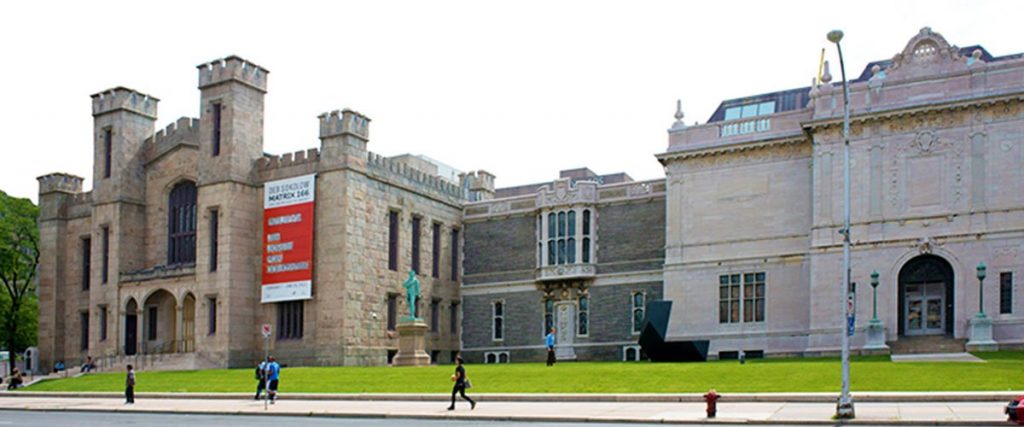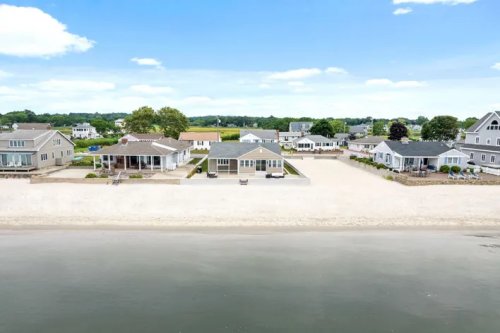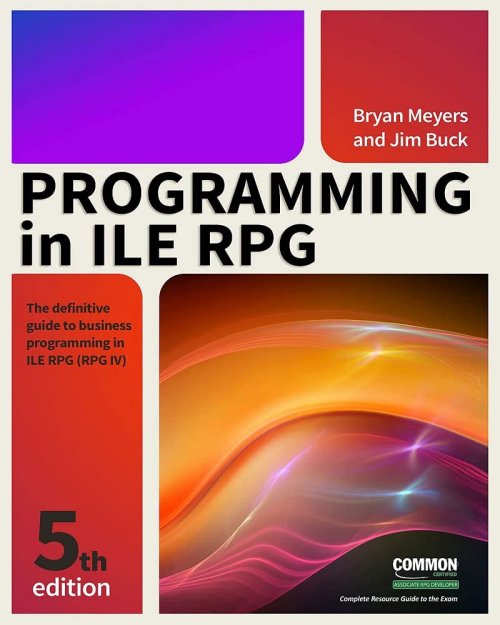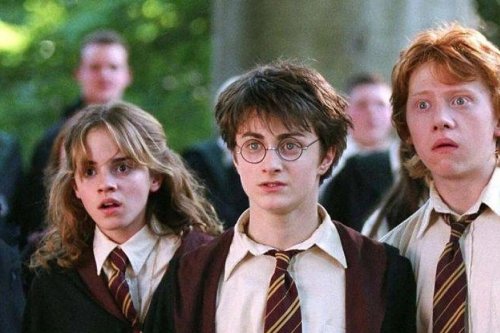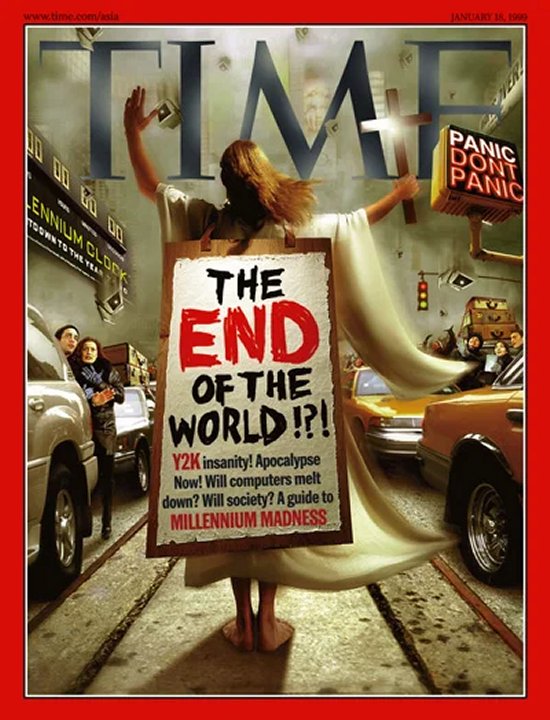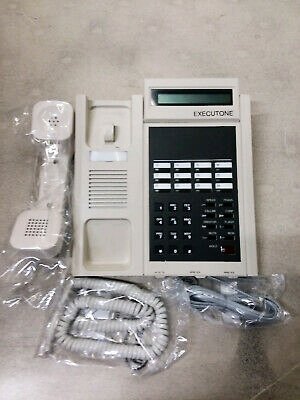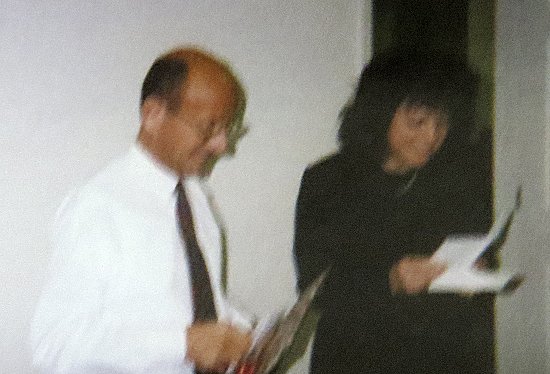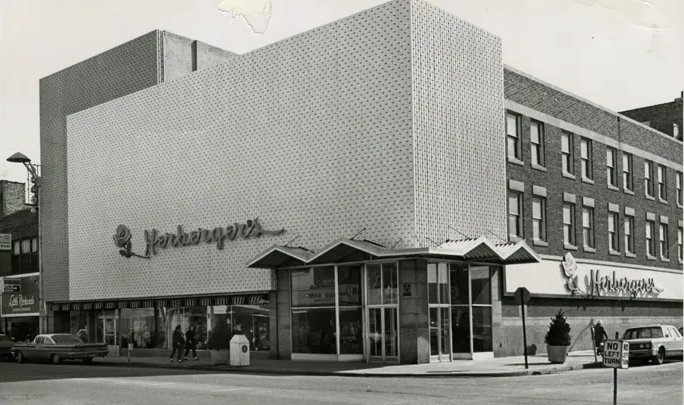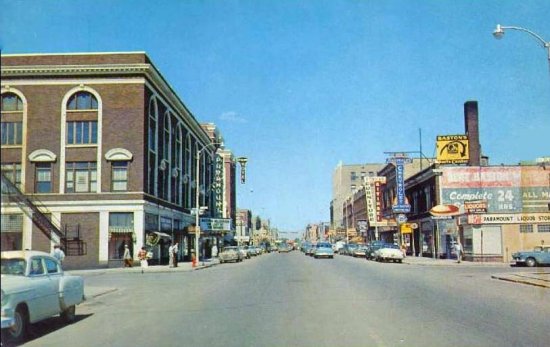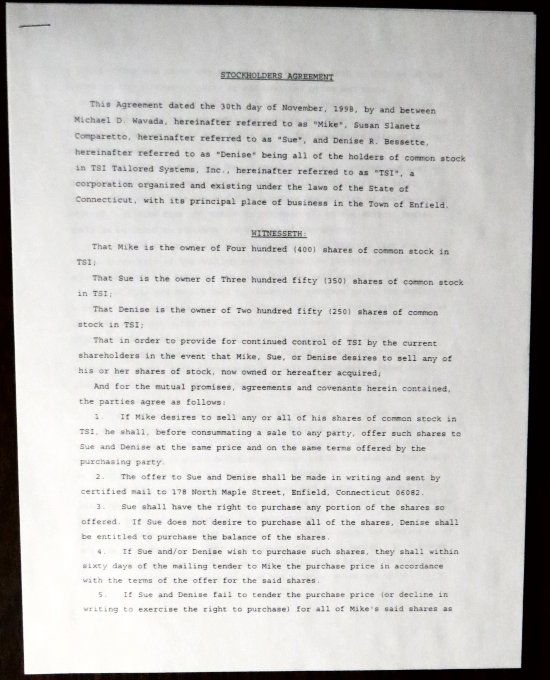Programmer becomes partner. Continue reading
TSI’s first, last, and best programmer was Denise Bessette. The beginnings of her career at TSI are documented here. At some point in the second half of the eighties she decided to finish her undergraduate degree in economics and mathematics at Smith College in Northampton, MA, and then get a masters degree in econ at Trinity College in Hartford. She lived in Stafford, which is forty-two miles from Smith and thirty-two miles from Trinity. She commuted to both schools. During this lengthy period Denise continued to work part-time at TSI. She also raised her son Chris. Frankly, I don’t know how she did it. She never seemed burnt out or exhausted.
After she graduated she returned to work full time. At that time I named her vice-president of application development. I also arranged that Denise could share a portion of Sue’s office. At the time I did not think that there was much more that I could do. The layout of our office in Enfield (described here) provided for only two offices. Sue had the corner office. The other one was used by our salesmen. I worked in the computer room.
This arrangement seemed to work fairly well for a while. In 1994, because of TSI’s “second crisis” (described here), Denise was able to establish herself in that office. A few years later Denise decided that she needed to try to work at a company in which she had more control over her situation. This prompted TSI’s “third crisis”, which is described here.
After that situation was very pleasantly resolved, Denise and I worked productively as partners until the company was dissolved in 2014. She was in charge of getting the programming and support done and hiring the technical staff. She also continued to handle the payroll. The administrative and sales people reported to me. I continued to do the sales calls, demos, installations, and training. I also spent countless hours researching alternative approaches to our way of doing business.
After TSI moved its office to East Windsor and installed a network with a connections to the Internet, Denise handled all phases of it and worked with our clients to establish and maintain access to their computer systems. I was more than happy to let her deal with those issues.
She also managed the people who cleaned the office and a few other similar functions.
Memories: Denise caught on to my style of programming faster than any other coder that we hired. I was somewhat upset when she went part-time to be able to finish college. The silver lining was that it was unlikely that she would quit before she got her degree, or as it turned out, degrees.
In the eighties Denise sometimes brought her son Christopher into the office. She stashed him in the supply closet. No, she did not shut the door. He seemed to be content with whatever she gave him to play with there.
I remember that on one occasion Denise invited Sue and me to supper at the house in Stafford where she lived with her husband Ray for supper. It was a very nice house with a deck. The heating was provided by one or two stoves that burned wood chips. I had never seen such a thing.
That was the only time that we visited them. If you are wondering whether we reciprocated the invitation, the answer is no. I am not sure why, but we almost never invited anyone over to any of our residences in Connecticut. We probably were still living in Rockville.
I played golf with Ray and his dad a few times. They liked to play at Grassmere, a short public course in Enfield with only nine holes. I seem to remember that one hole had a huge tree right in front of the green. If you did not hit your drive far enough, your only shot to the green was to try to hit a wedge or nine-iron over the tree.
When we hired Denise she was a smoker. In the late eighties she quit cold turkey at about the same time that Sue, Patti Corcoran, and my dad also quit. I don’t remember her getting irritable or fat during the drying out period.
On one occasion her kitchen sink got backed up because Denise poured instant mashed potatoes down it. I bought her a box of instant mashed potatoes as a memento. Later I kicked a dent in one of our cabinets when I got upset at a client. She bought me an inflatable Fred Flintstone to punch when I got angry. It is still in the basement in 2023, but I haven’t tried to inflate it in a few decades.
Denise knew that I read quite a bit. She was taken aback when I casually remarked that I did not enjoy reading female authors, especially ones in the science fiction or fantasy genres.1 On her recommendations I read several Anne Tyler books. They were all fairly good, but I had to admit that Breathing Lessons was close to a masterpiece.
I was always envious of Denise’s cars—a sporty Mazda when she started working for us and a string of BMW’s thereafter. When in 2007 I bought my sapphire blue Honda Accord coupe, she said, “That sure doesn’t look like my grandmother’s Honda!”
She was almost never ill in the thirty years that I worked with her. Then again, neither was I. I remember that she got an infection from inner-tubing on the Farmington River on one of TSI’s summer outings. We never tried that again.
Denise and I enjoyed a very productive trip together when we attended the IBM PartnerWorld convention in San Diego in 2000. The details are described here.
Denise drank mostly tea and Diet Coke in cans.2 She ordinarily just dipped the teabags in the hot water once or twice. I’ve never seen such a weak beverage. Her favorite was Earl Grey. I purloined for her envelopes of tea from the hotels at which I stayed. She seldom took a lunch break; she just grazed on what she brought with her.
At some point in the nineties Sue Comparetto, Denise, and I attended a performance of Carmen at the Bushnell Theater in Hartford. We all enjoyed the opera well enough, but I was disappointed that, as usual, Sue was late and so we missed the talk that was presented before the show.
Several years later Denise and I spent an hour or two at the Wadsworth Atheneum in Hartford. She wanted to show me some impressionist paintings. They did nothing for me. I am a Philistine when it comes to art.
Denise was afraid of escalators. She avoided them if possible. If not, she was very tentative. She did not like the moving sidewalks at airports, either.
When Christopher was in high school Denise told me that his best friend was a girl in his class. She alleged that they were just friends. Although this sounded preposterous to me, I kept my mouth shut.
I remember when Christopher graduated from high school and was in the process of selecting a college. Denise wanted him to go to a good school in New England. He wanted to go to Penn State. I advised her to tell him that he would have a better chance with the girls at a local school. At PSU half of the male students were linebackers on the football team. I doubt that she took my sagacious advice. He became a Nittany Lion.
She especially did not like it when Christopher joined a fraternity in State College, but he somehow survived the experience, and Denise is now a grandma.
Denise loved bodies of water—oceans, lakes, ponds, rivers, anything. She was always happier when she was close enough to experience a body of water through any sense. For years she and her husband Ray had a cottage in Old Saybrook near the Long Island Sound. Several times they took vacations in Aruba.
In 2013 Denise and Ray sold both their house in Stafford and the cottage and moved to Cape Cod. I saw her only a few times in the last year that we worked together and never since.
Business Relationship: For the most part Denise and I had a very productive relationship. Largely it was a case of staying out of each other’s way and (after I made her a partner in 1997) coming together in November and December to evaluate progress and distribute bonuses.
A blog entry about the agendas for the periodic meetings that the two of us enjoyed from 2001 through 2006 has been posted here.
Denise provided some needed organization and discipline to TSI’s approach to programming. My “cowboy coder” philosophy dictated that when I was at a client’s site, and someone complained about a problem, I would immediately investigate it. I often was able to fix it on the spot within a few minutes. This often made me a hero at the client’s office, but a pain back at TSI. It was not easy to isolate all of the things that I had changed, bring them back to the office in an orderly manner, and integrate them into the master copy of the system without disrupting processes used by other clients. Keep in mind that I installed thirty-six AdDept systems, and they were all running the same code.
I eventually had to refrain from addressing any problems at a client’s site. I documented them but did not change the code. … All right, I’ll fess up. Sometimes I could not keep myself from making changes that I was 100 percent certain would not interfere with what was being done at the office. Denise was not a bit happy when I did this. Perhaps we were fortunate that eventually our clients lost the willingness to pay for me to travel to visit them.
The only other point of contention between Denise and me involved research. Both of us knew that the platform on which we had built AdDept–BASIC programs on the AS/400–was considered obsolete by many people in the world of data processing. In most cases these people had veto power over a purchase of our system. It was generally a waste of time to try to persuade them that their evaluation was erroneous. They were hired as experts. We were just potential vendors.
Denise and I agreed that the ideal solution would be to move the whole system to the Internet to avoid the standards that were being established by IT departments. This approach is now called Cloud Computing. However, we were never satisfied that we could do it without man-years of work and considerable expense.
If there was no pathway to the cloud-based approach, the issue was whether the problem was BASIC or the AS/400. I thought that we should investigate the programming languages that coders were using on platforms outside of IBM. At that time the most popular languages were C and C++. C was somewhat similar in structure to BASIC. C++ was its object-oriented version. I spent some time researching the IBM version of C and concluded that a transition to C was possible but unquestionably difficult.
For reasons that I never understood Denise was quite upset at me for spending any time investigating this possibility. I had absolutely no intention of asking her to convert the programs. I was just trying to see whether it was a possibility.
The other side of this coin was Denise’s advocacy of converting all of our BASIC programs to a version of RPG, a language that was popular on the AS/400 but nowhere else, dubbed ILE.3 I never understood the reason for this, but it kept the programmers busy after the requests for programming began to dry up. So, for the most part I kept my opinions to myself.
After Denise moved to the Cape she only came into the office a few times a month. She was in rather constant communication by telephone with Jason Dean, who, at that point, was our only programmer. I liked it a lot better when Denise was in the office all of the time, but my philosophy had always been to take advantage of whatever time she could give me.
1. I need to explain this. I have no doubt that women can write as well as men by virtually any measure. In 2023 (as this is being written) they definitely dominate the publishing industry. However, I contend that women have a basic fantasy about being rescued, and men have one about being heroic. I contend that this is not cultural but innate. Nature, not nurture.
I find that reading about the latter fantasies more interesting than the former. Is that a crime? I have never like a science fiction or fantasy book by a female author. Several times I got suspicious in the middle of one in which the author used initials or a pseudonym and looked up the author used initials or a pseudonym. After looking the author up and discovering the secret I stopped reading. Before you ask, I have never read a single word of the Harry Potter books.
2. I always thought that cola from plastic bottles tasted a little better. For some reason the two liter bottles are always cheaper and usually on sale somewhere. I like both Diet Pepsi and Diet Coke equally. I always have bought whichever one was cheaper. After the business closed I switched to the caffeine-free versions.
3A 220-page document from IBM that aims to show why ILE is a superior approach can be viewed here.



